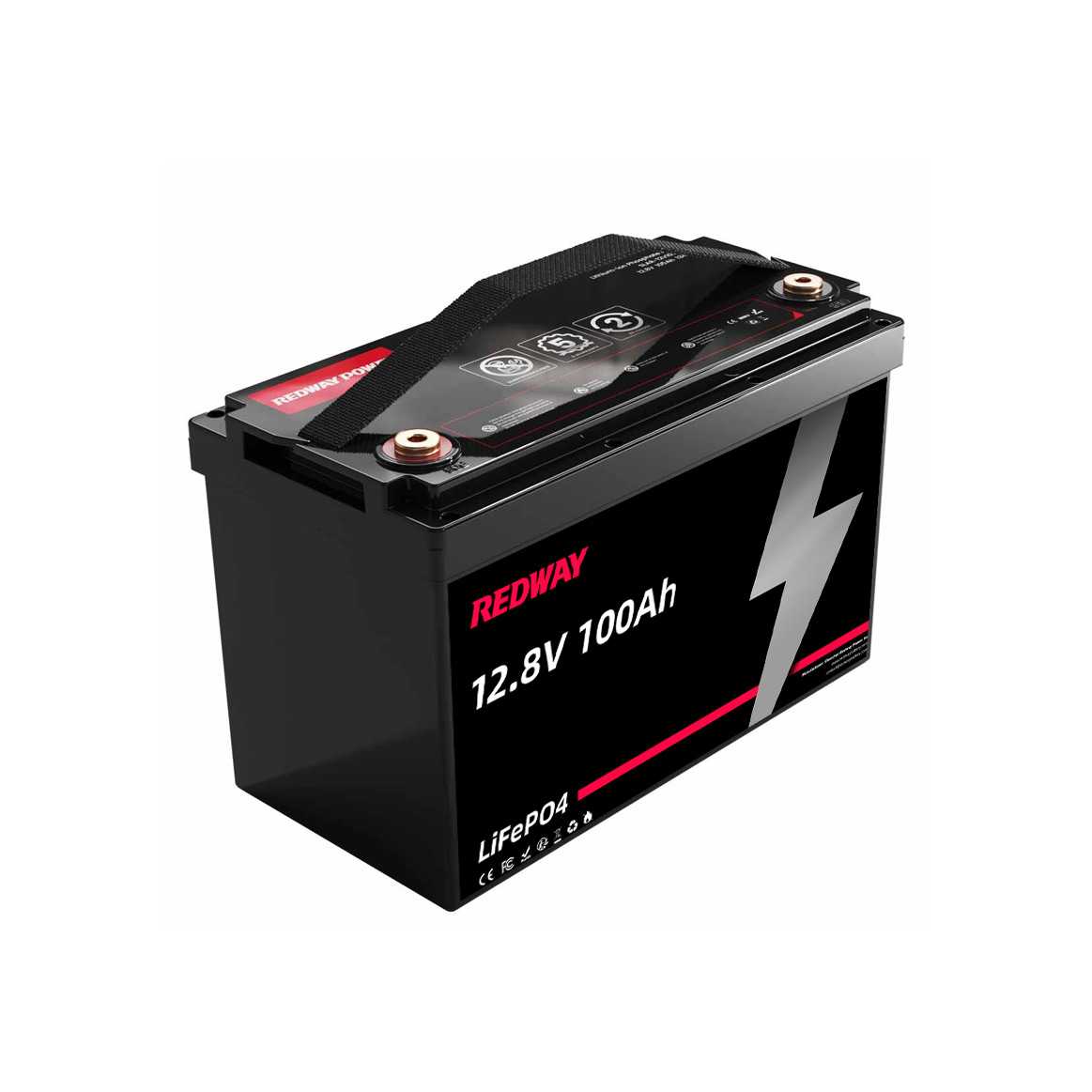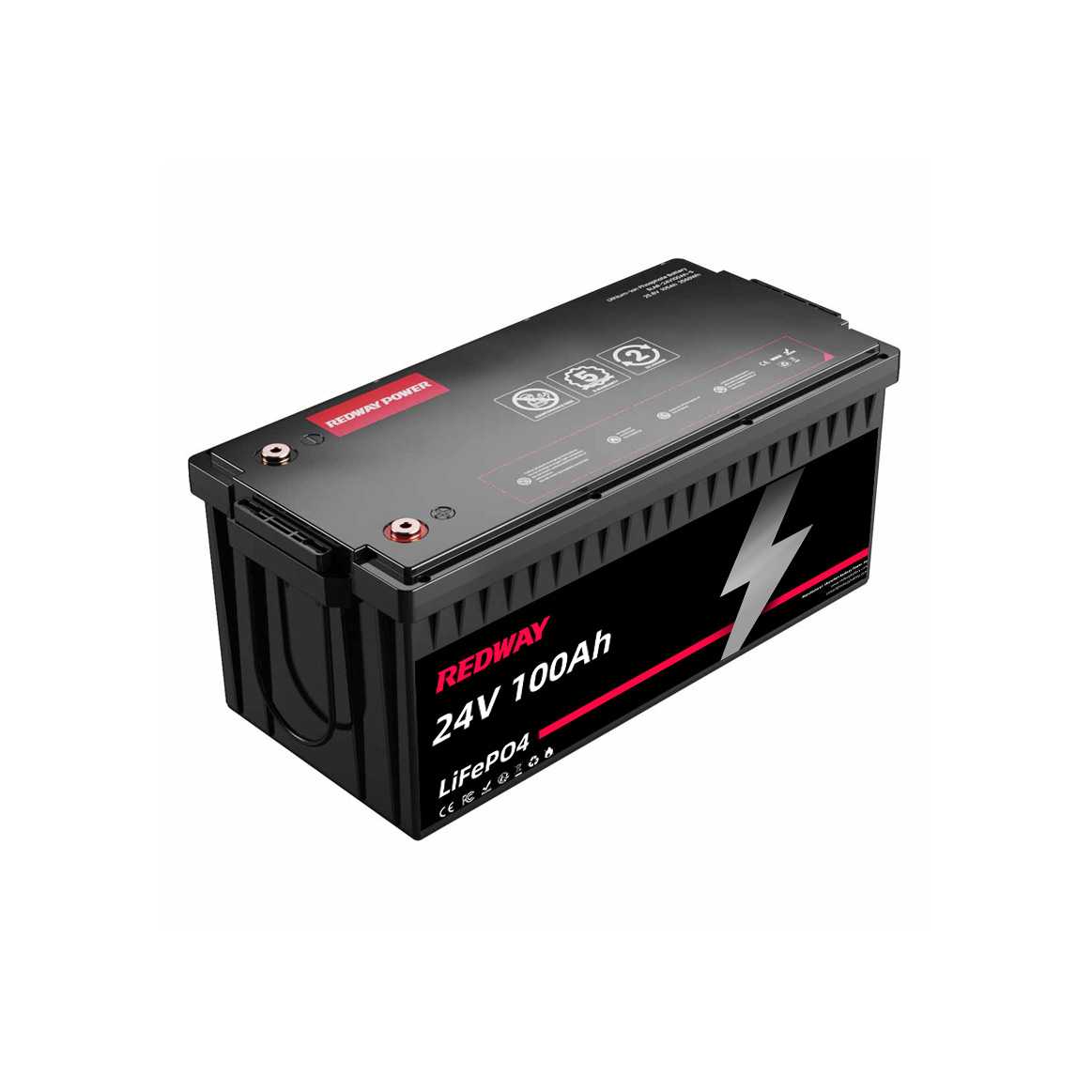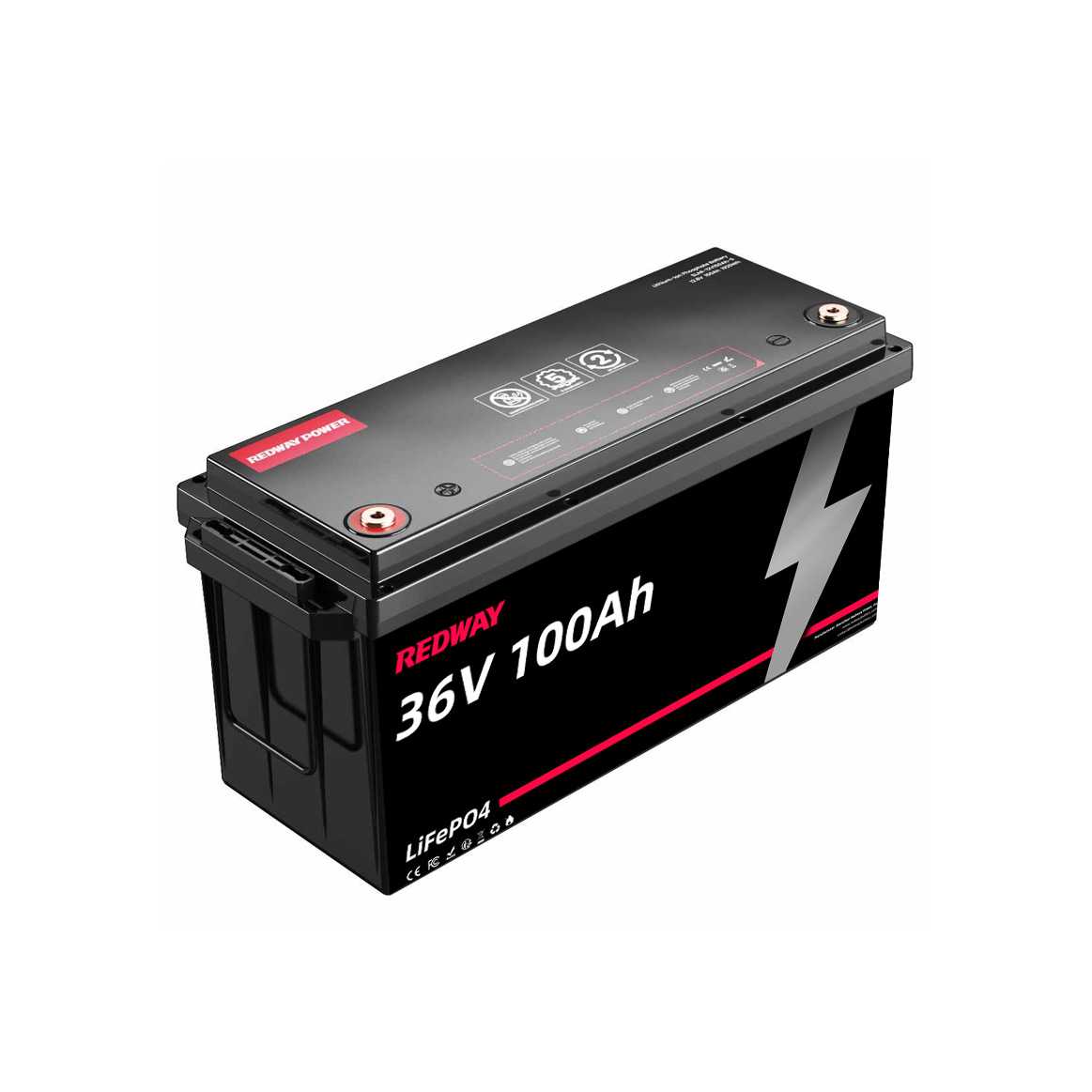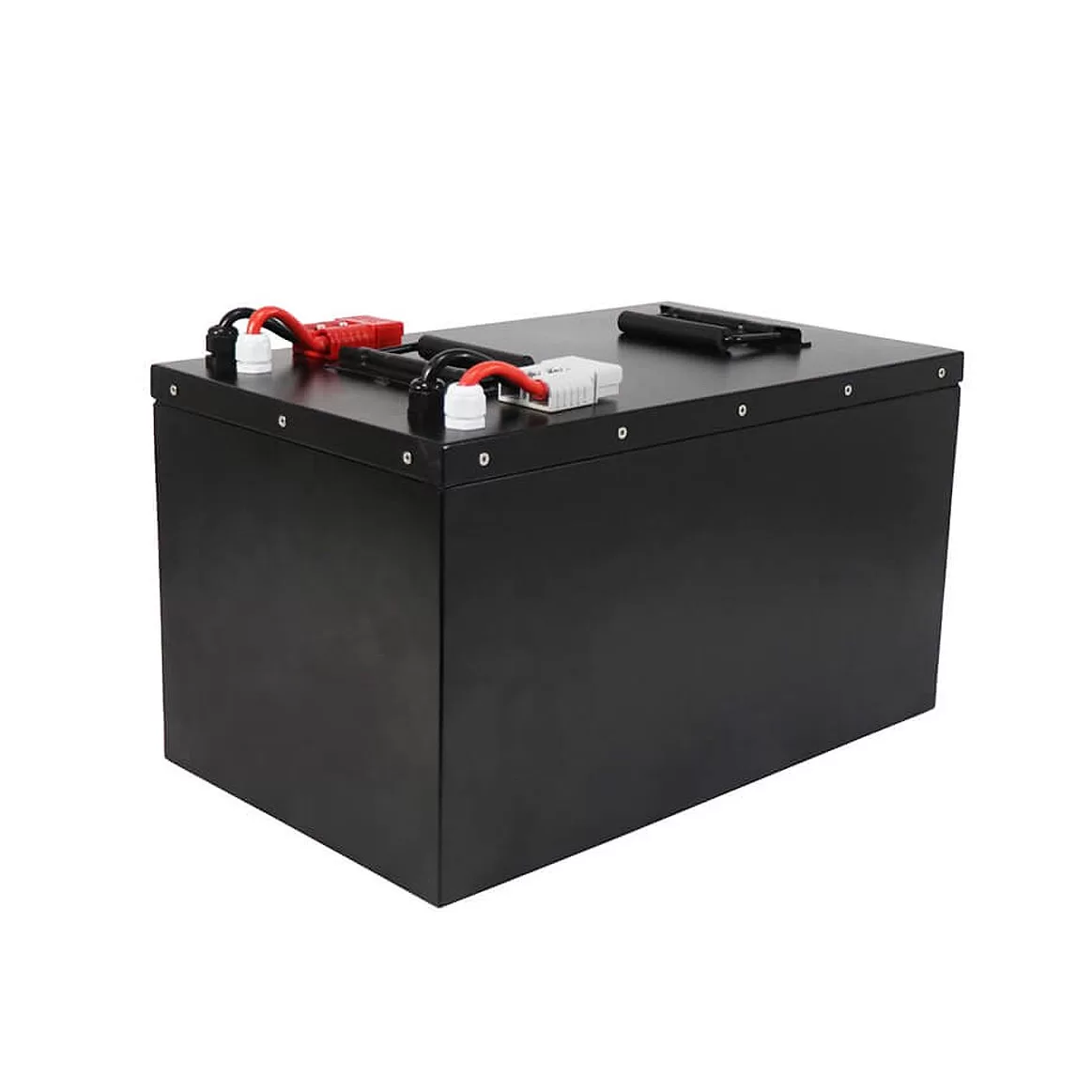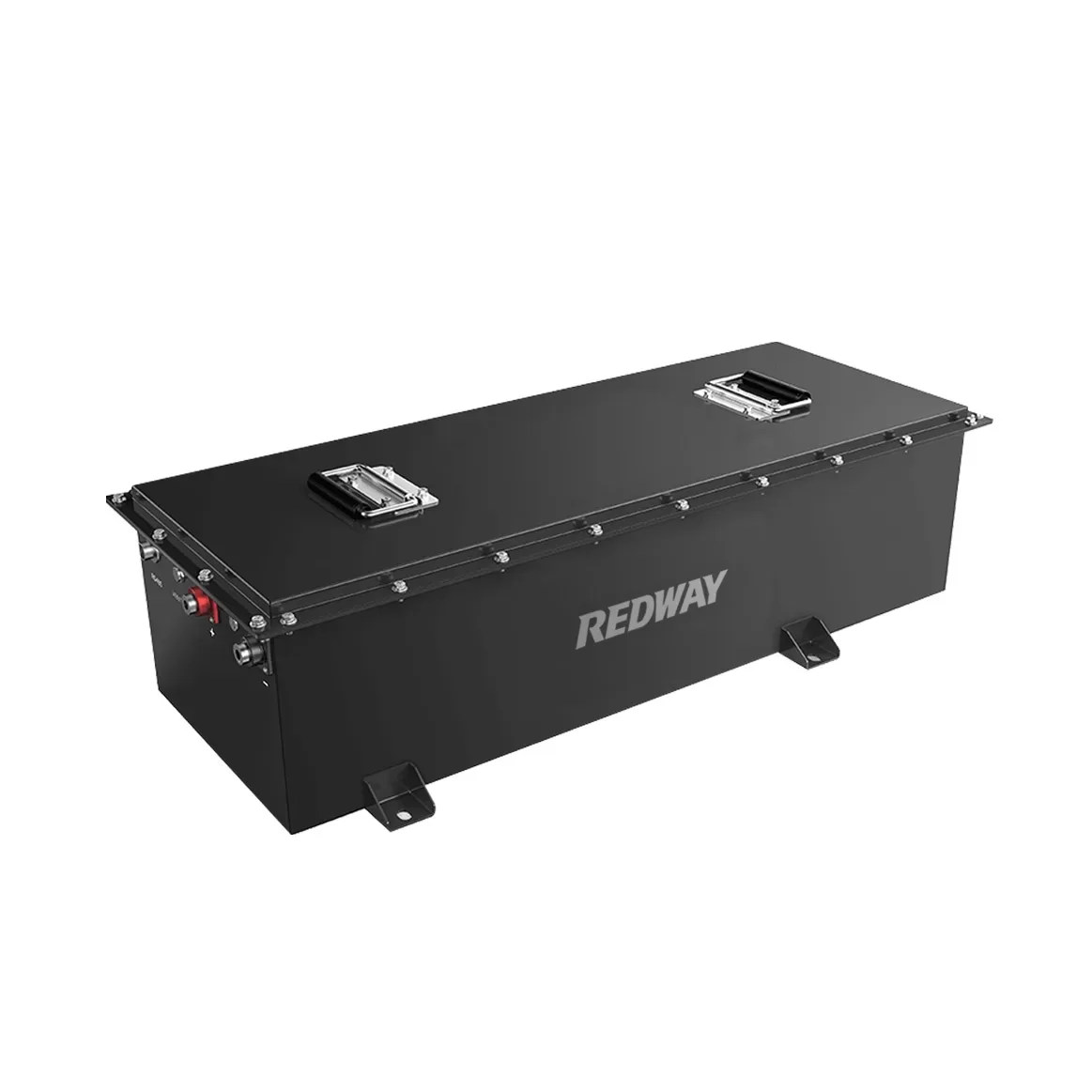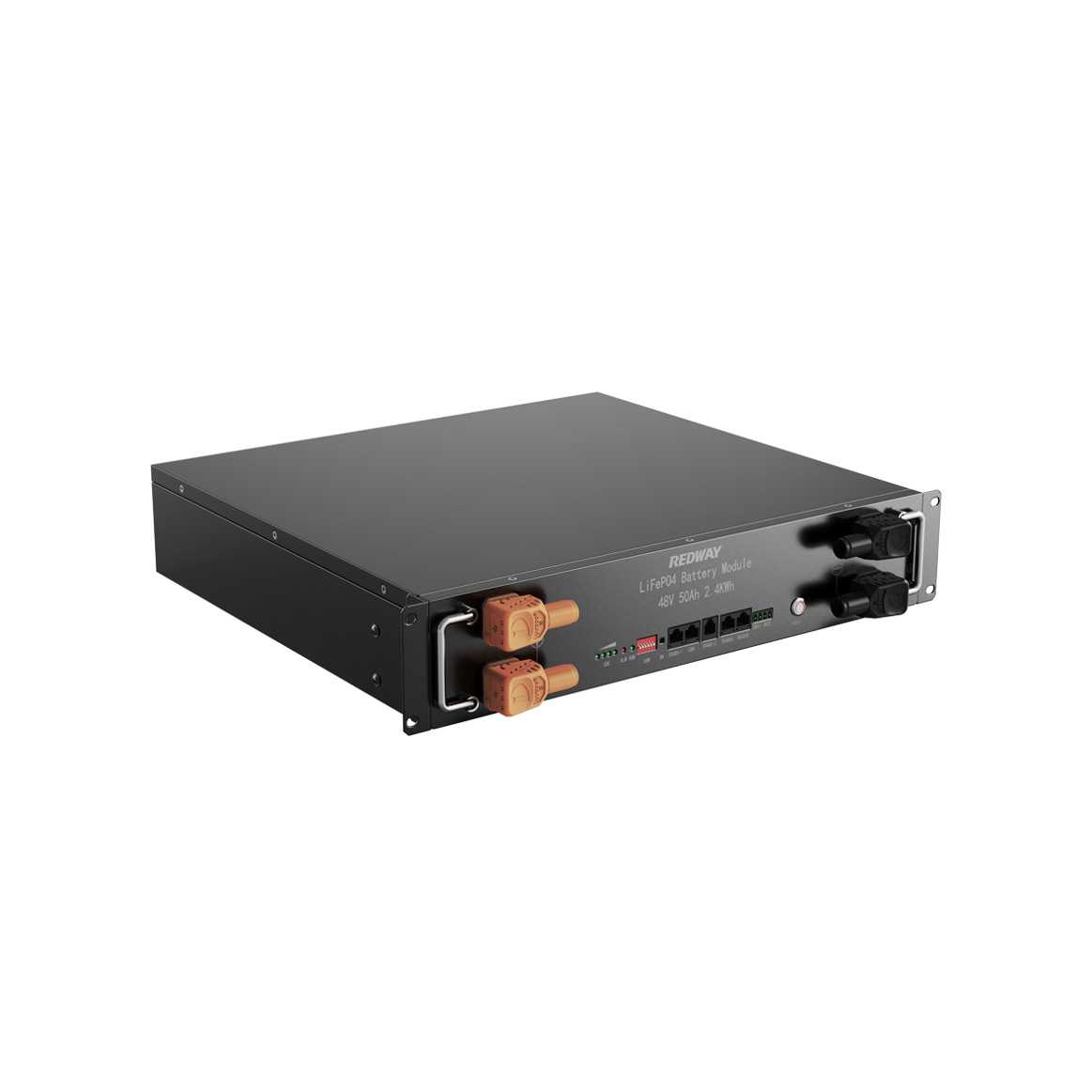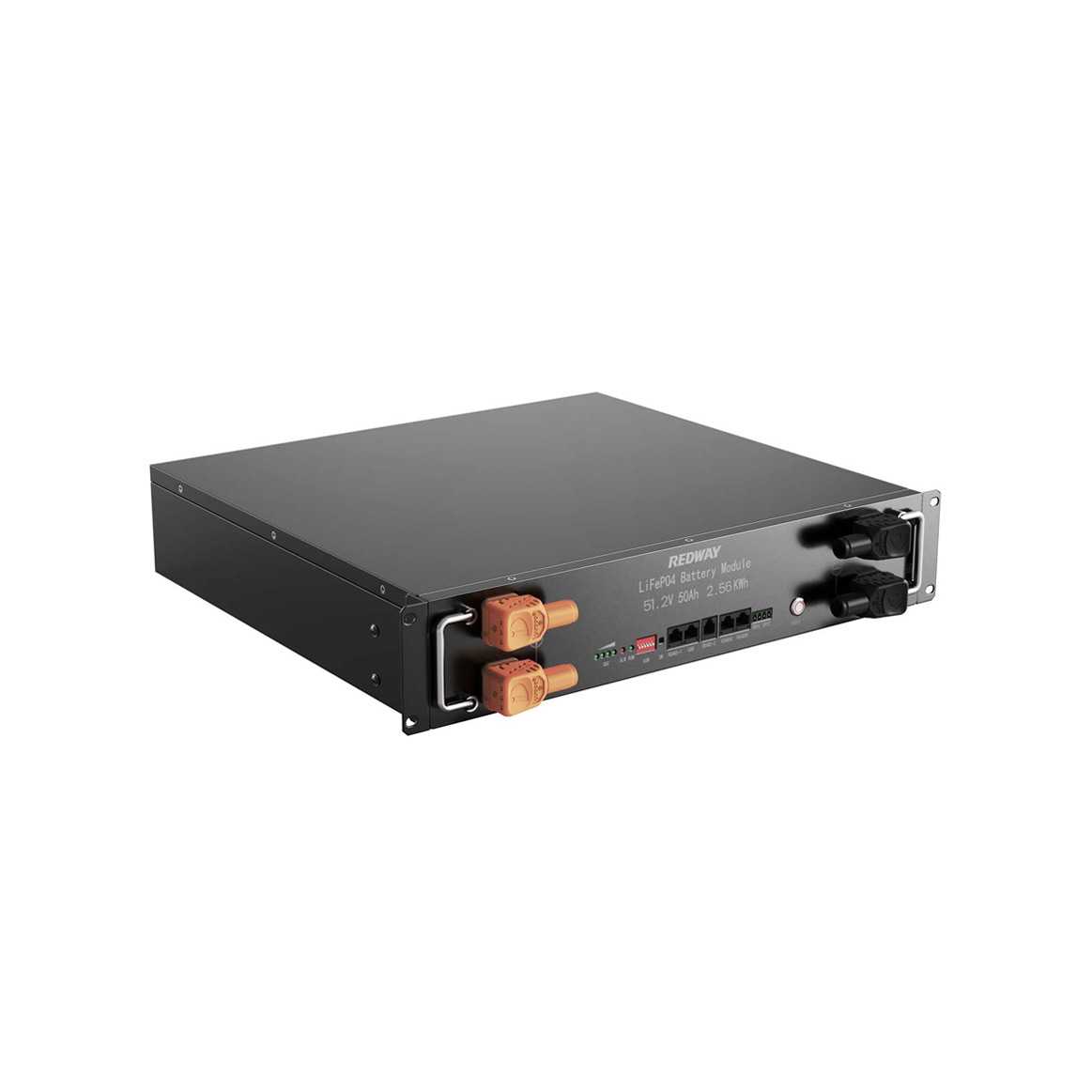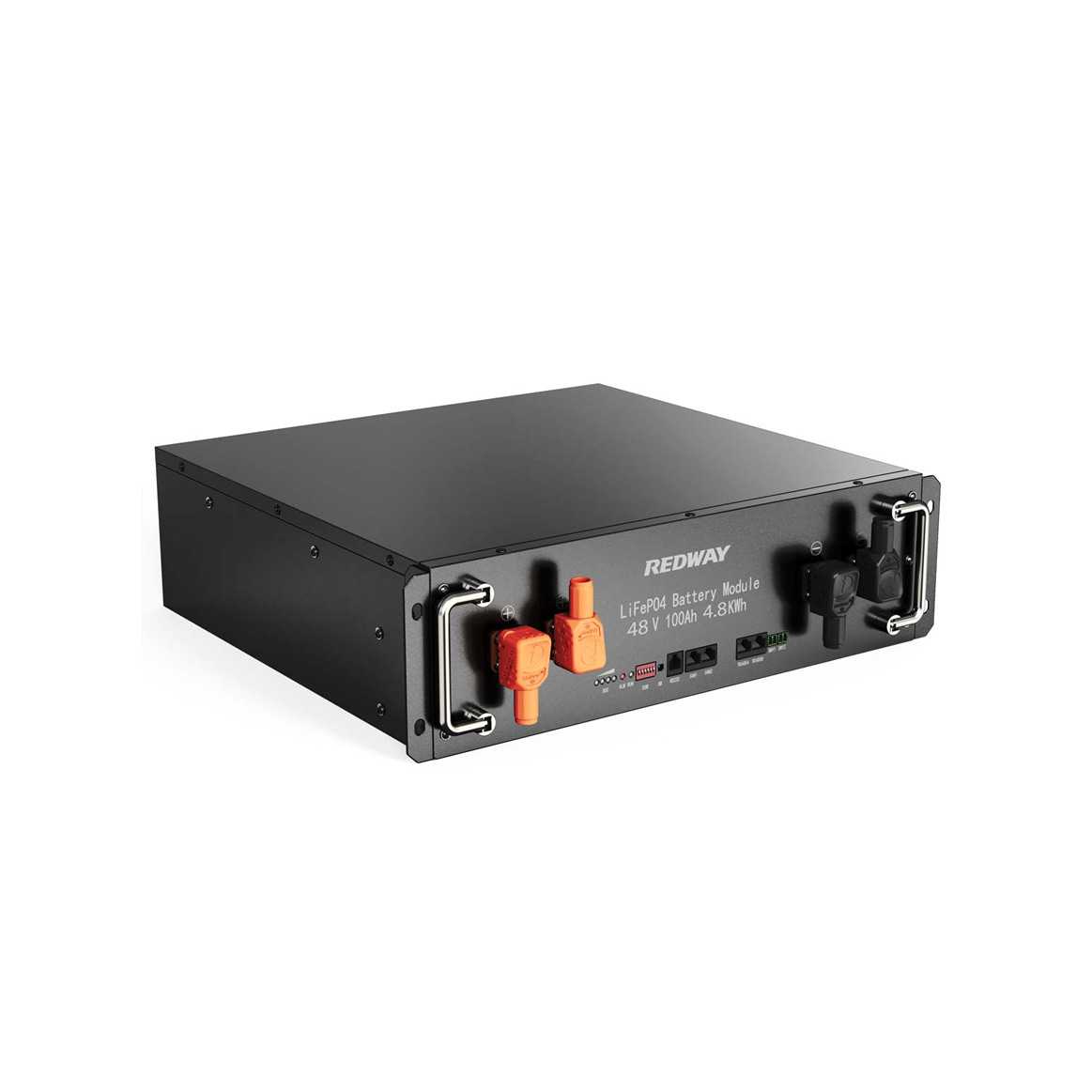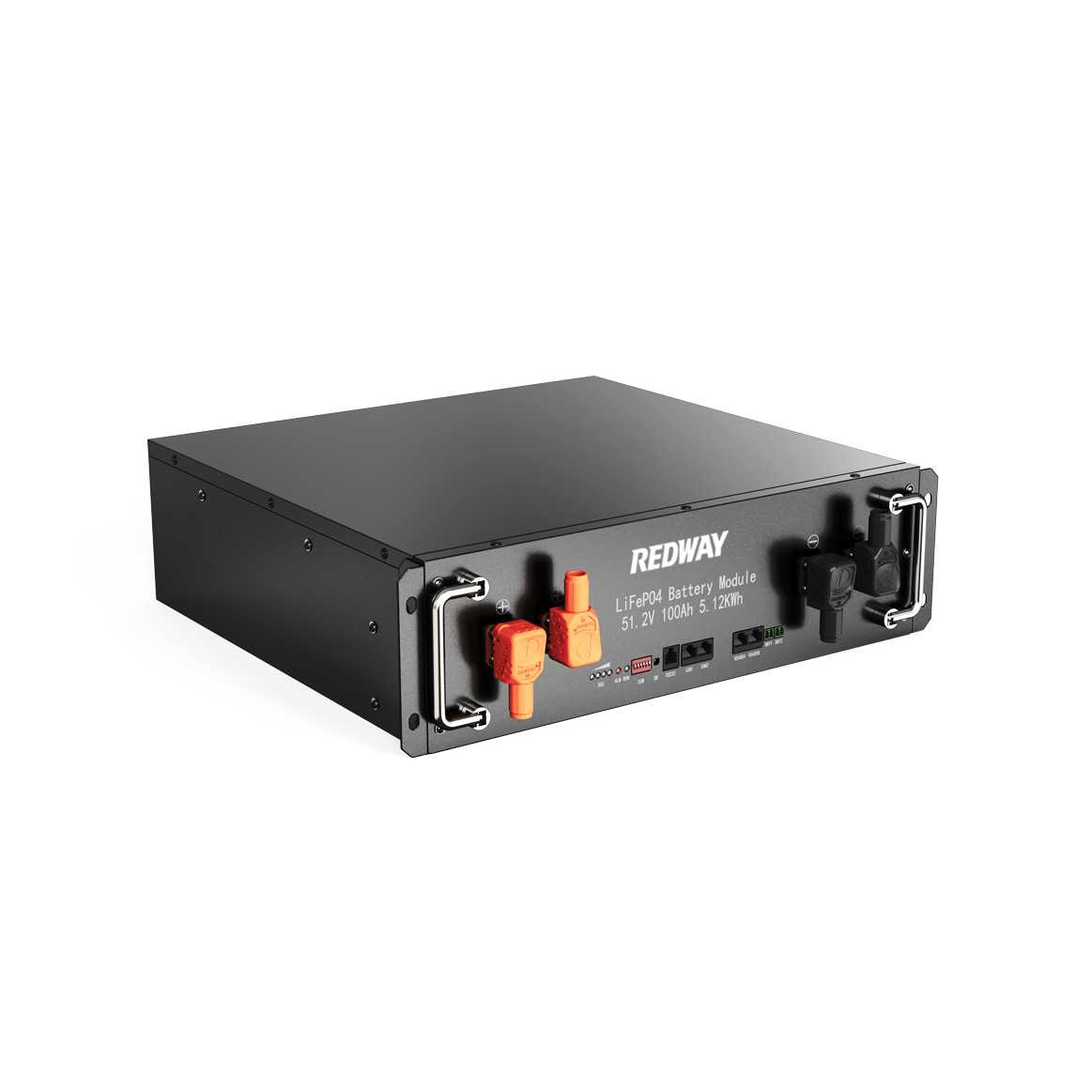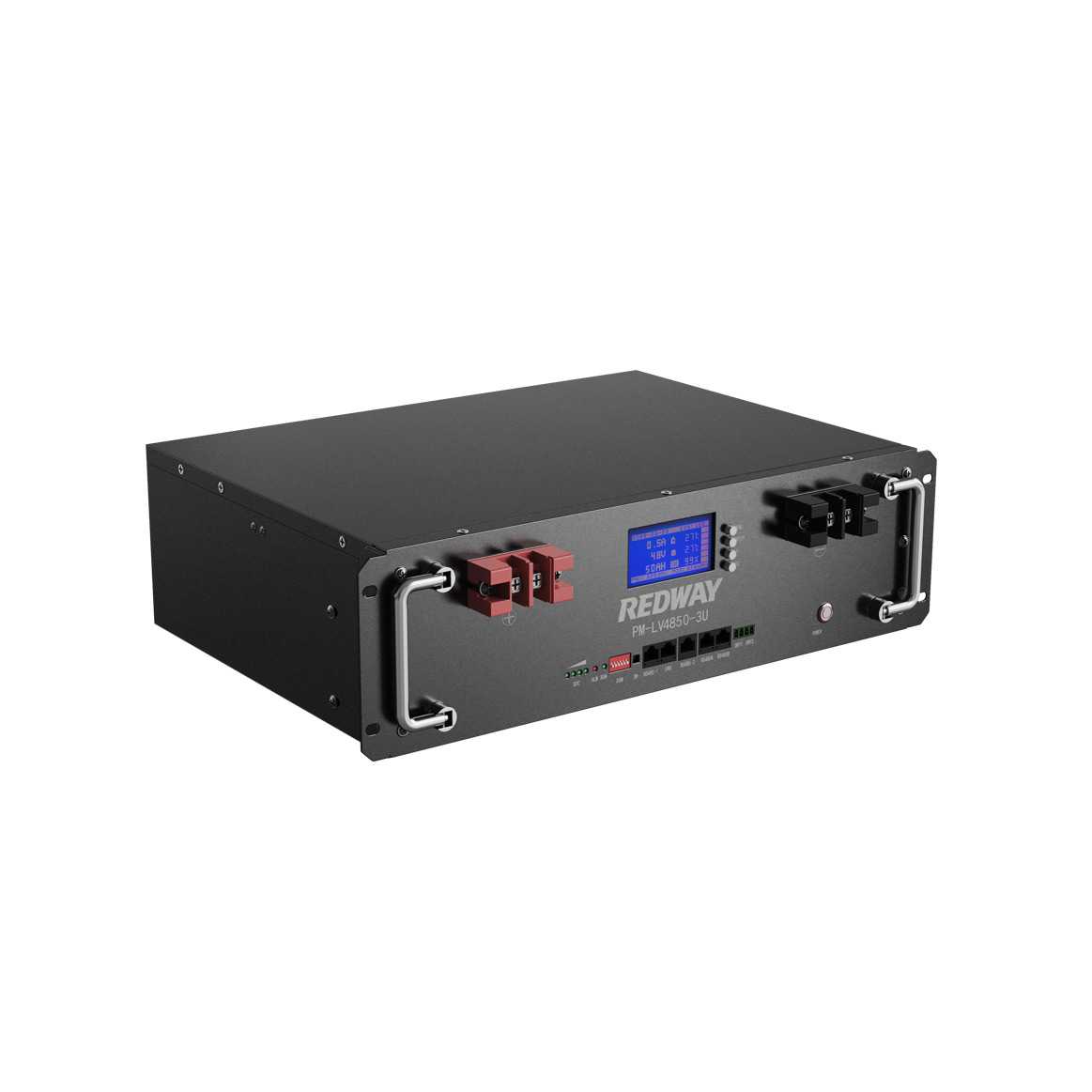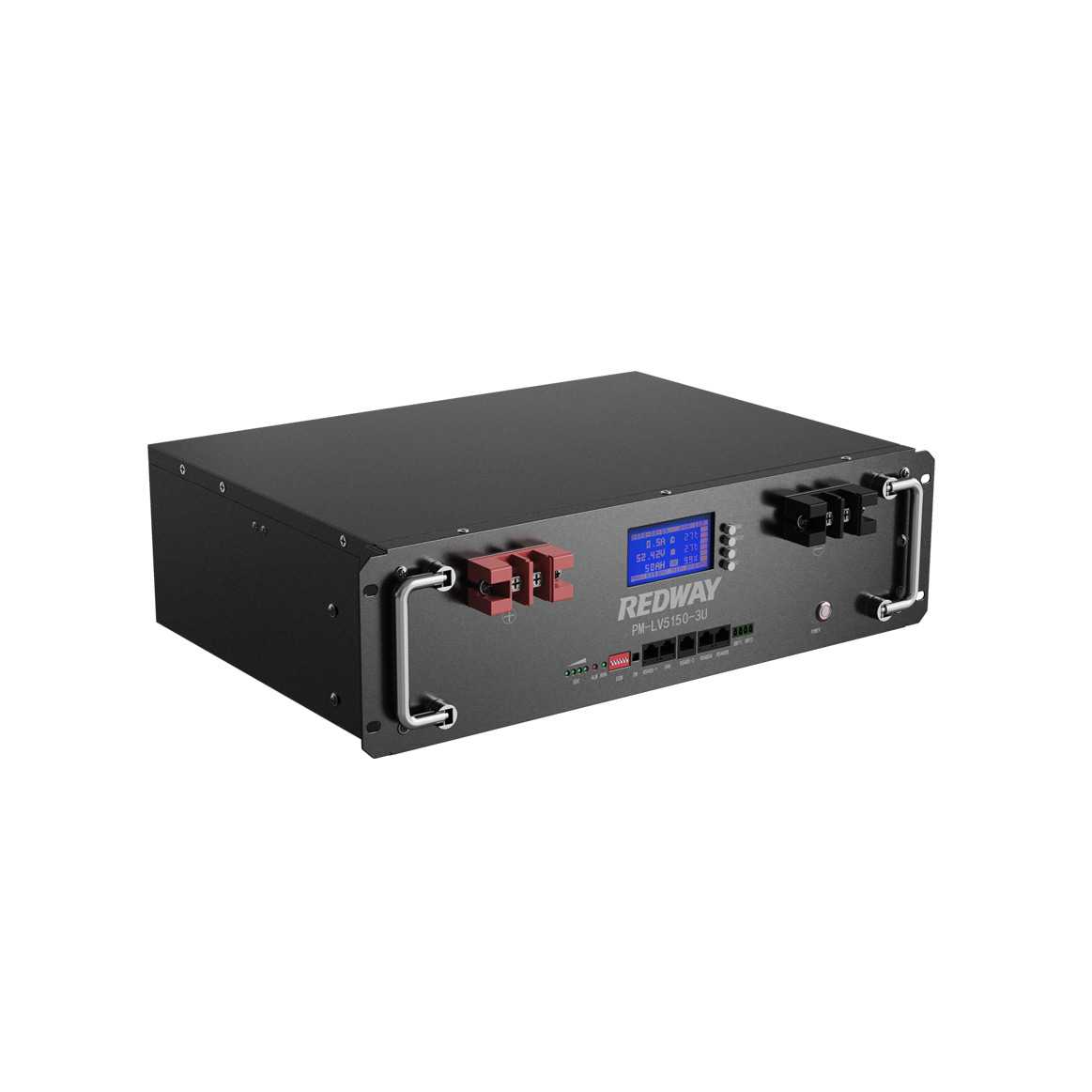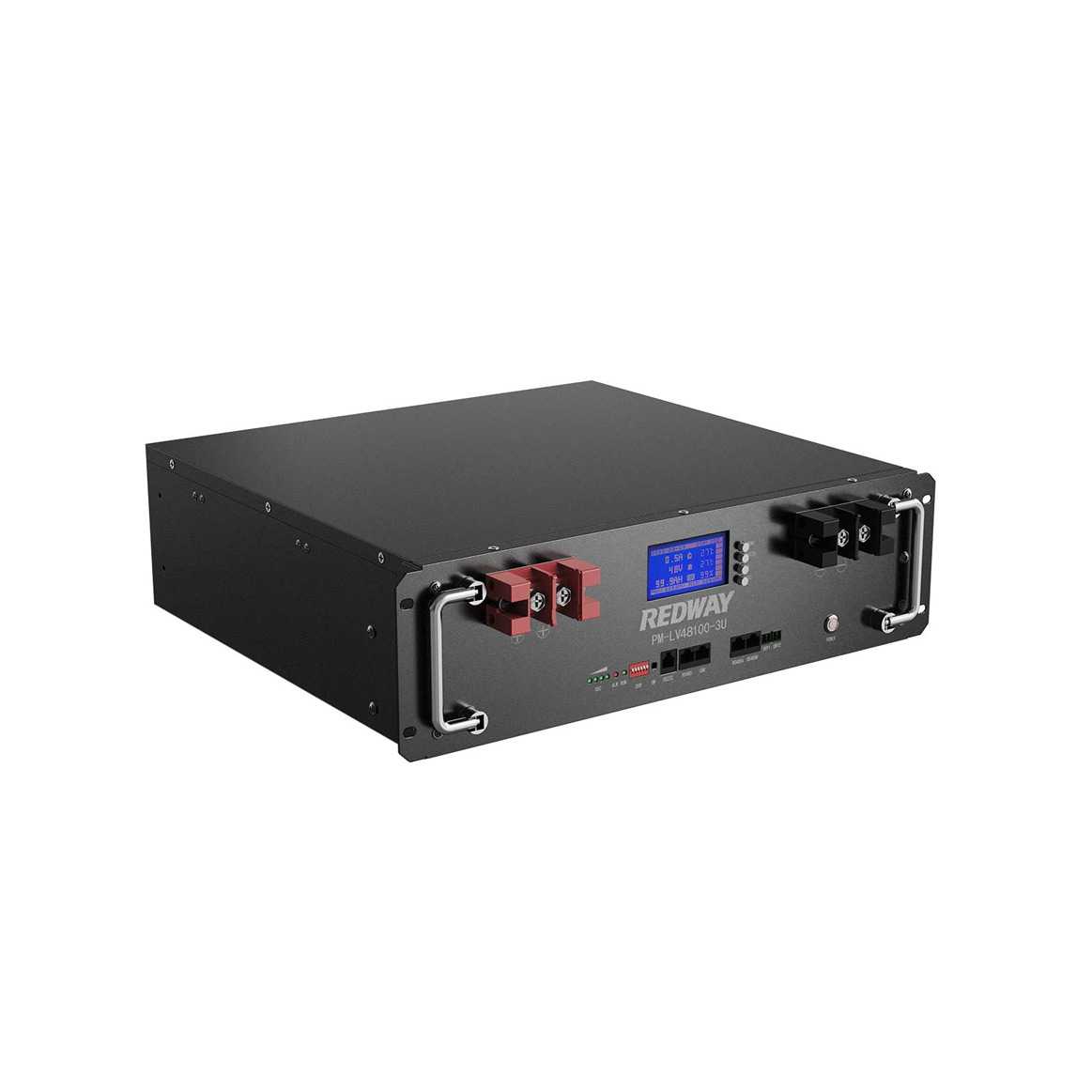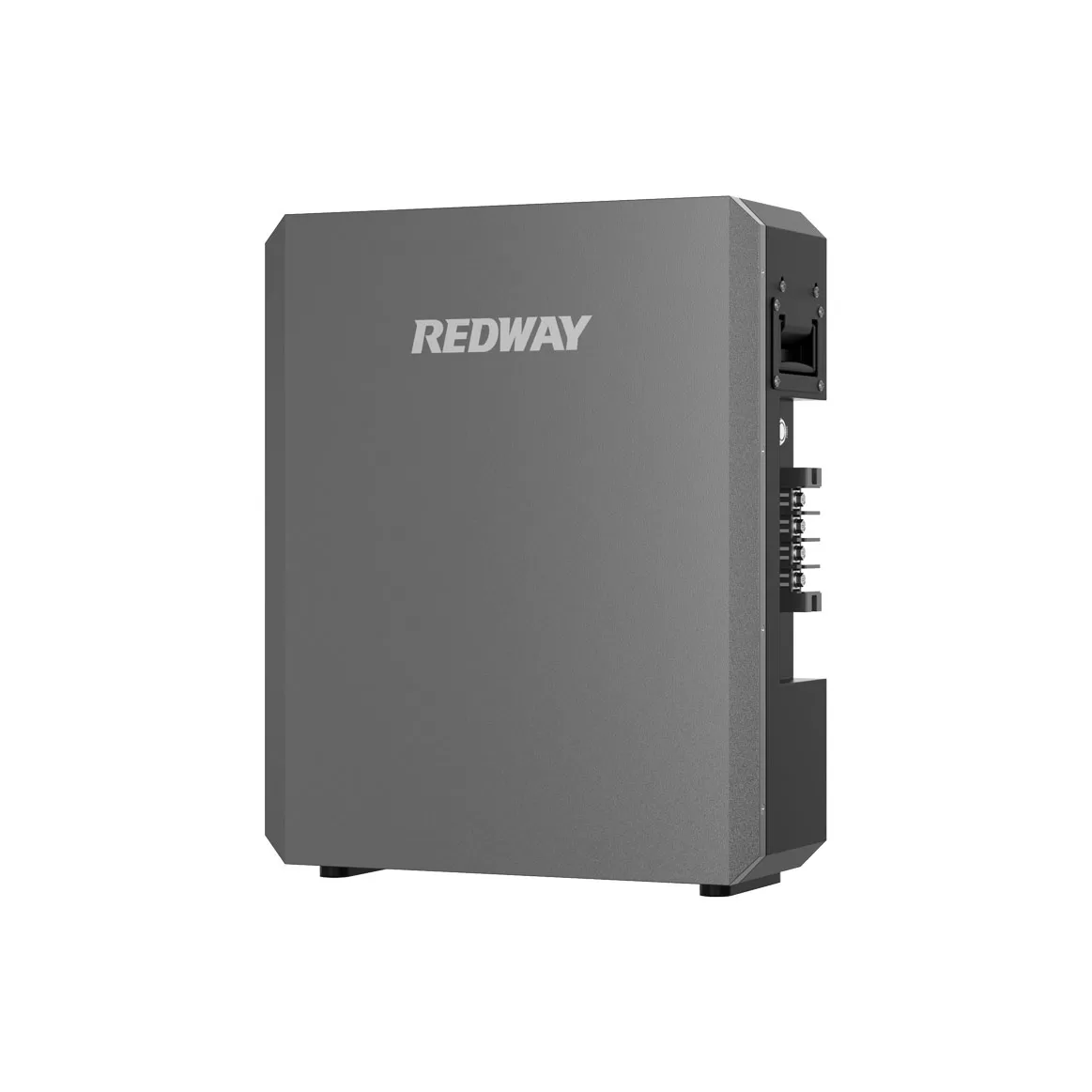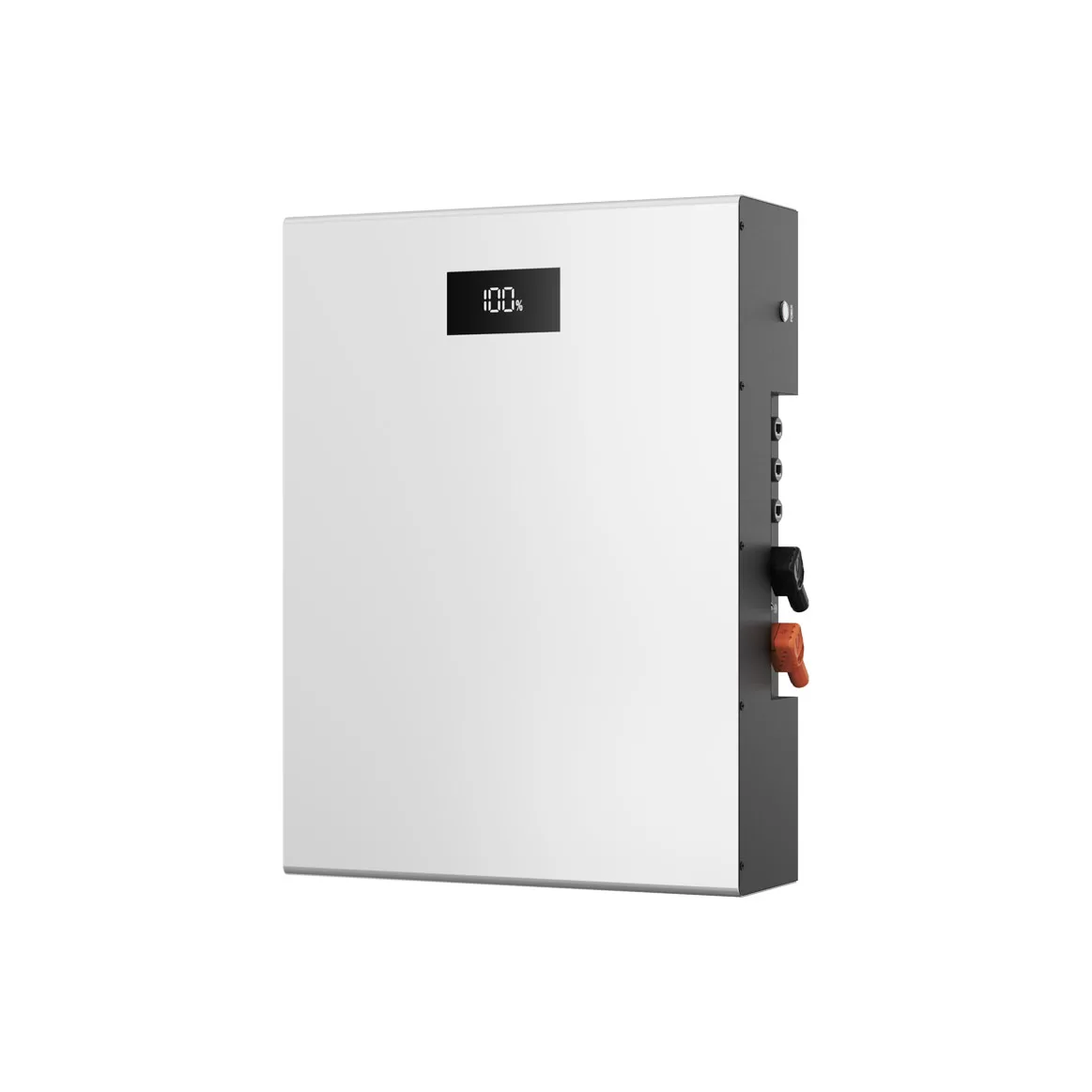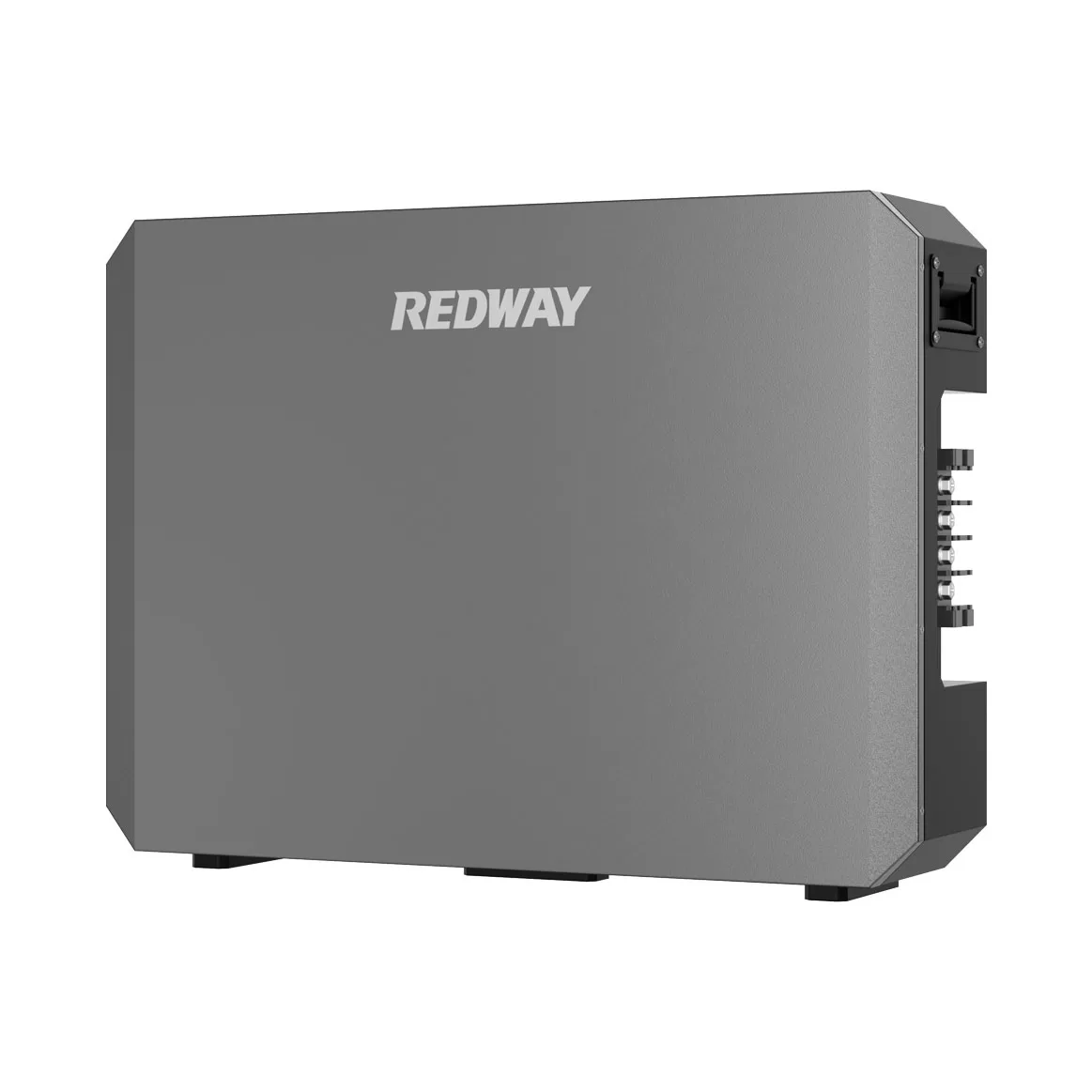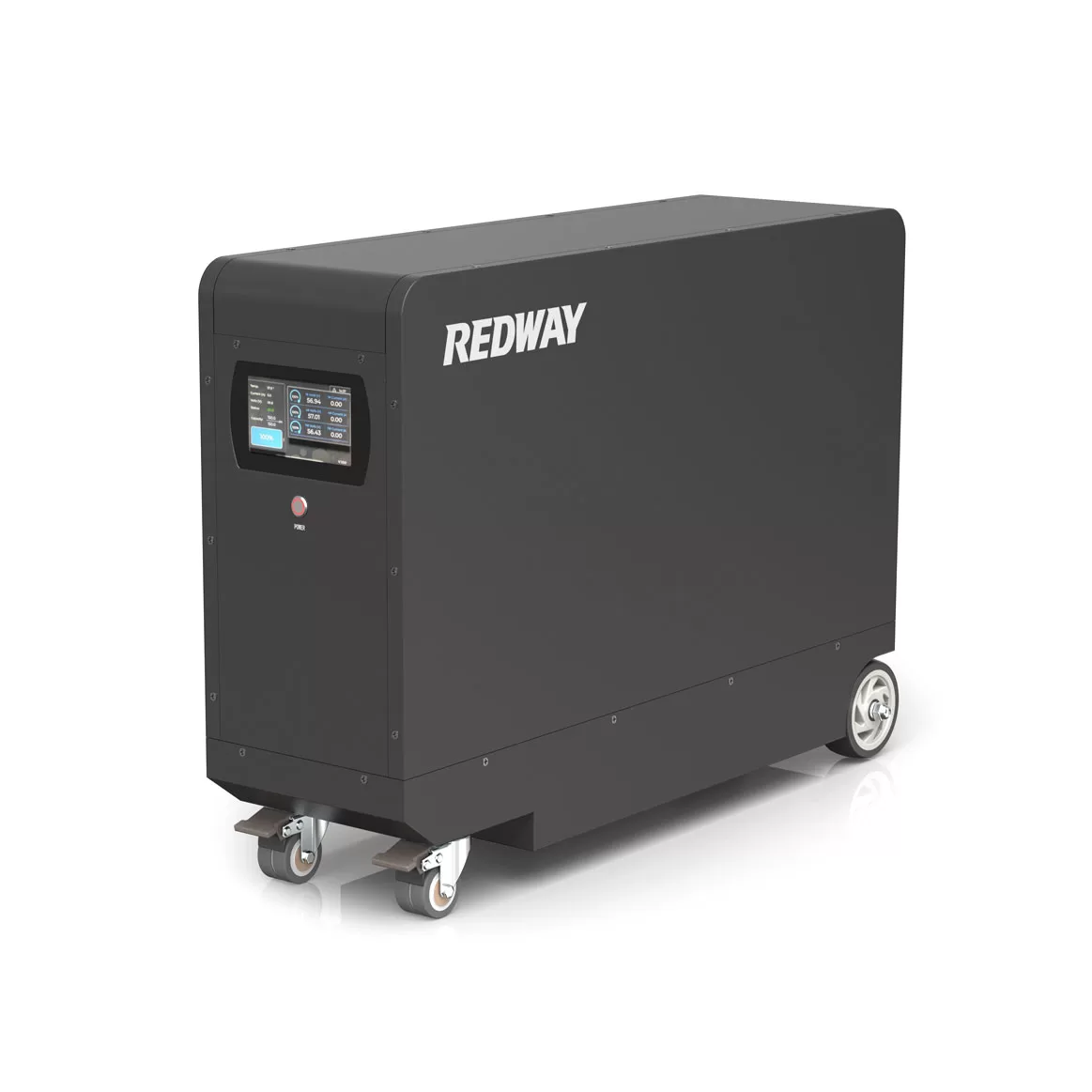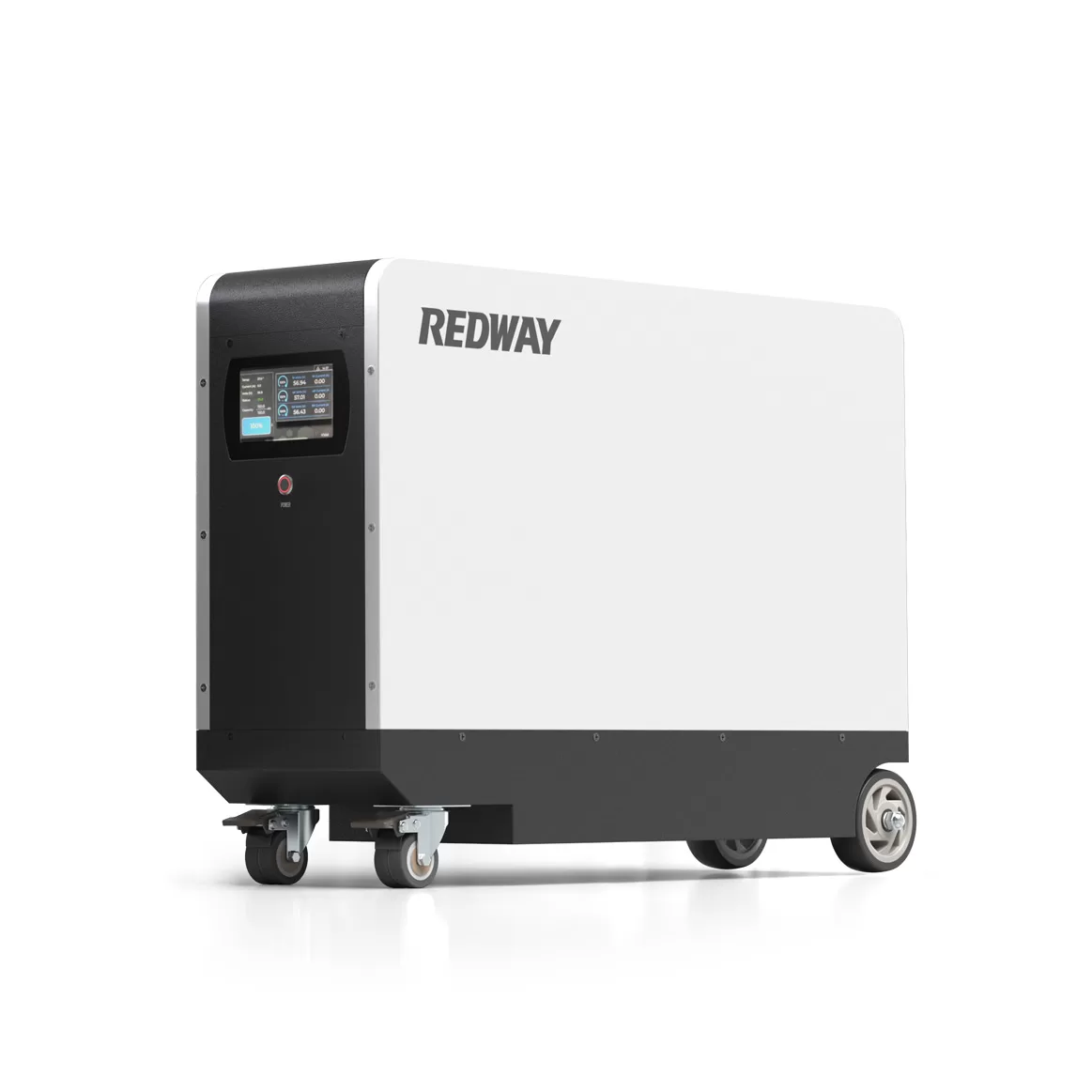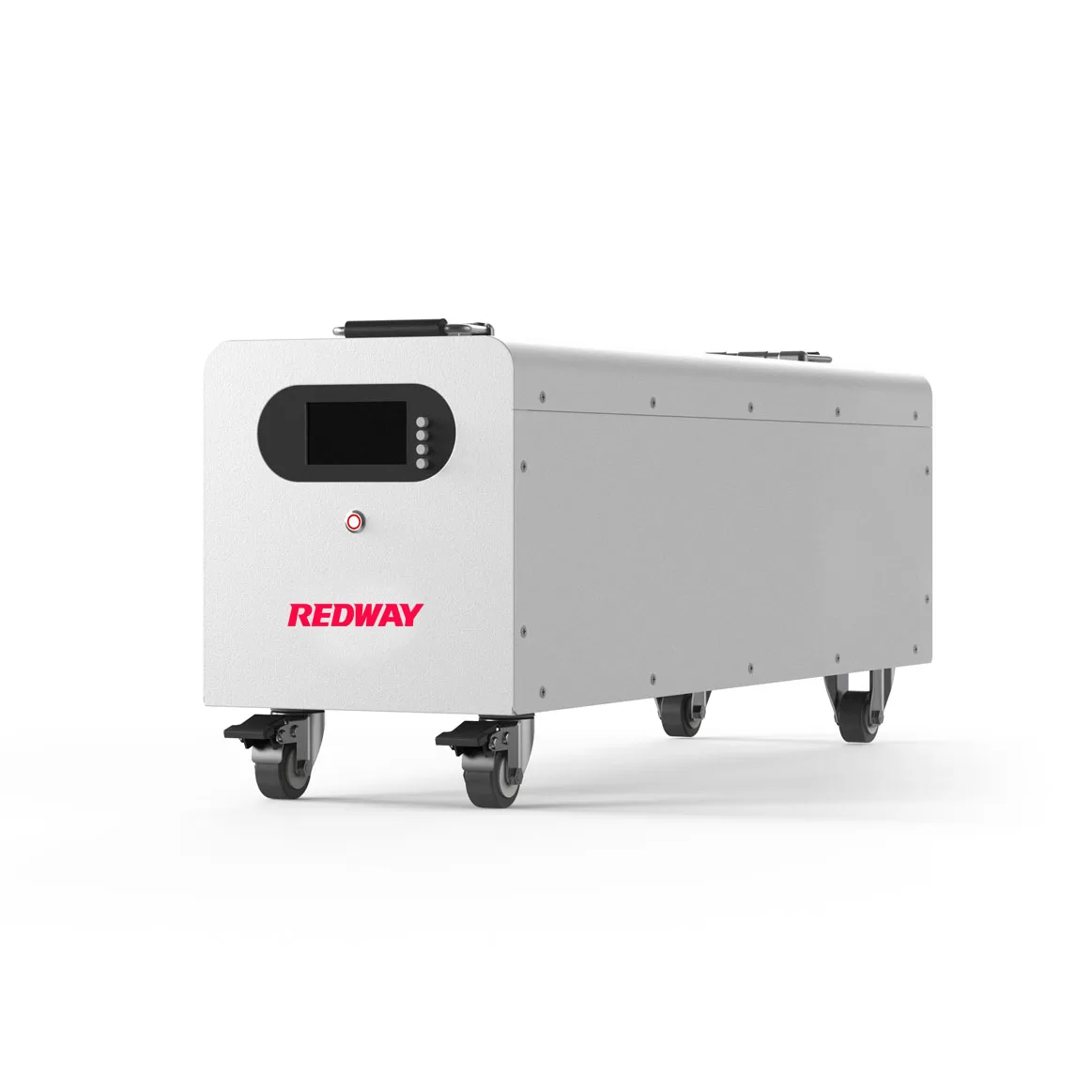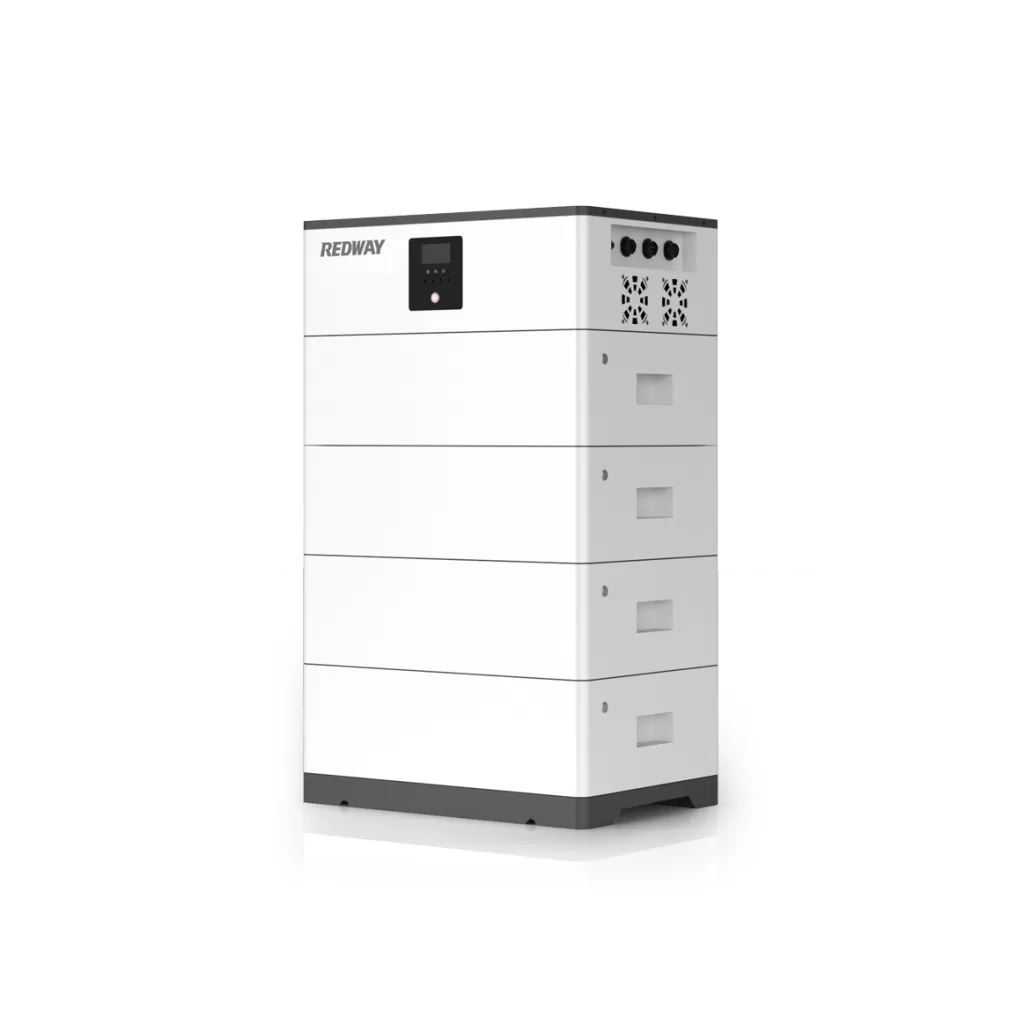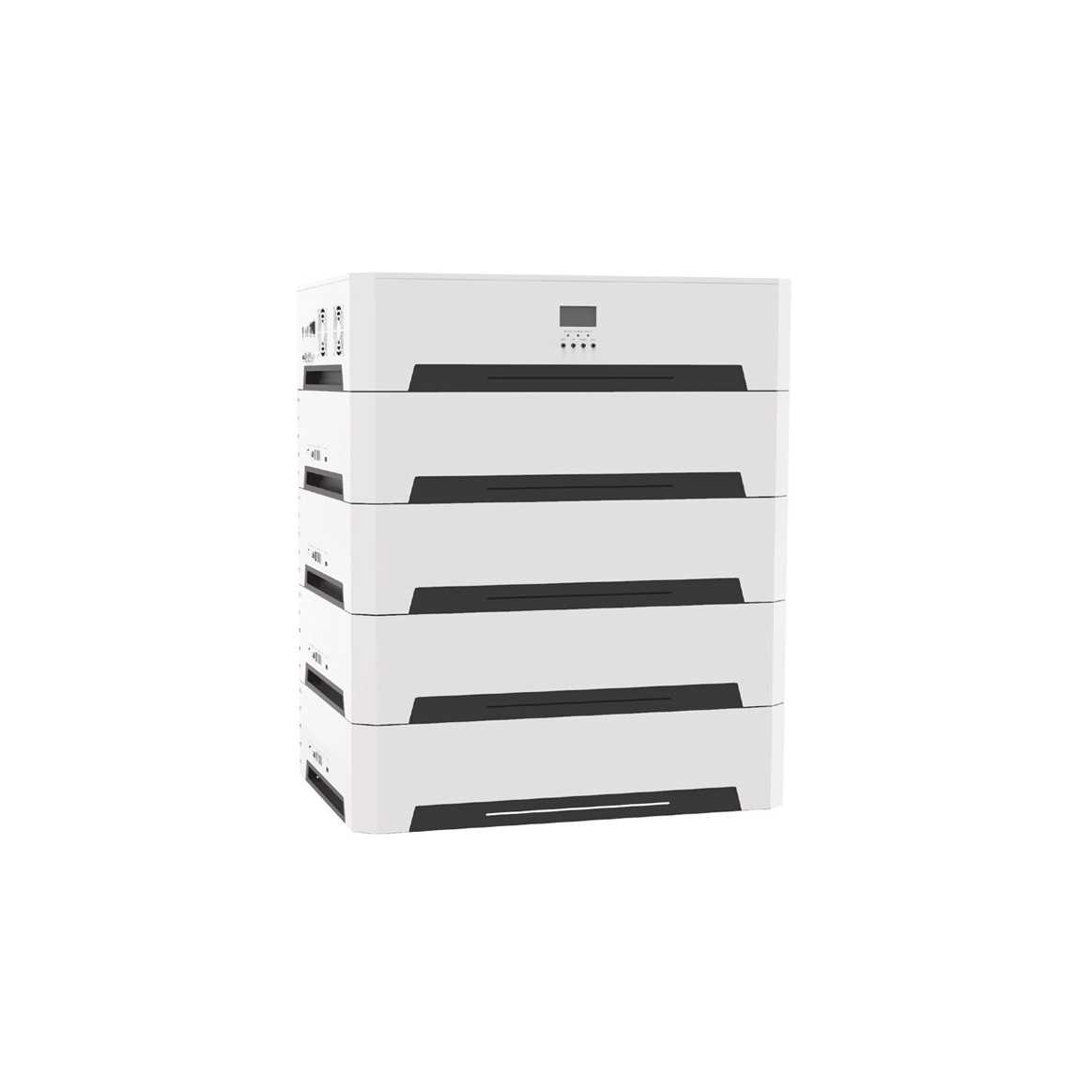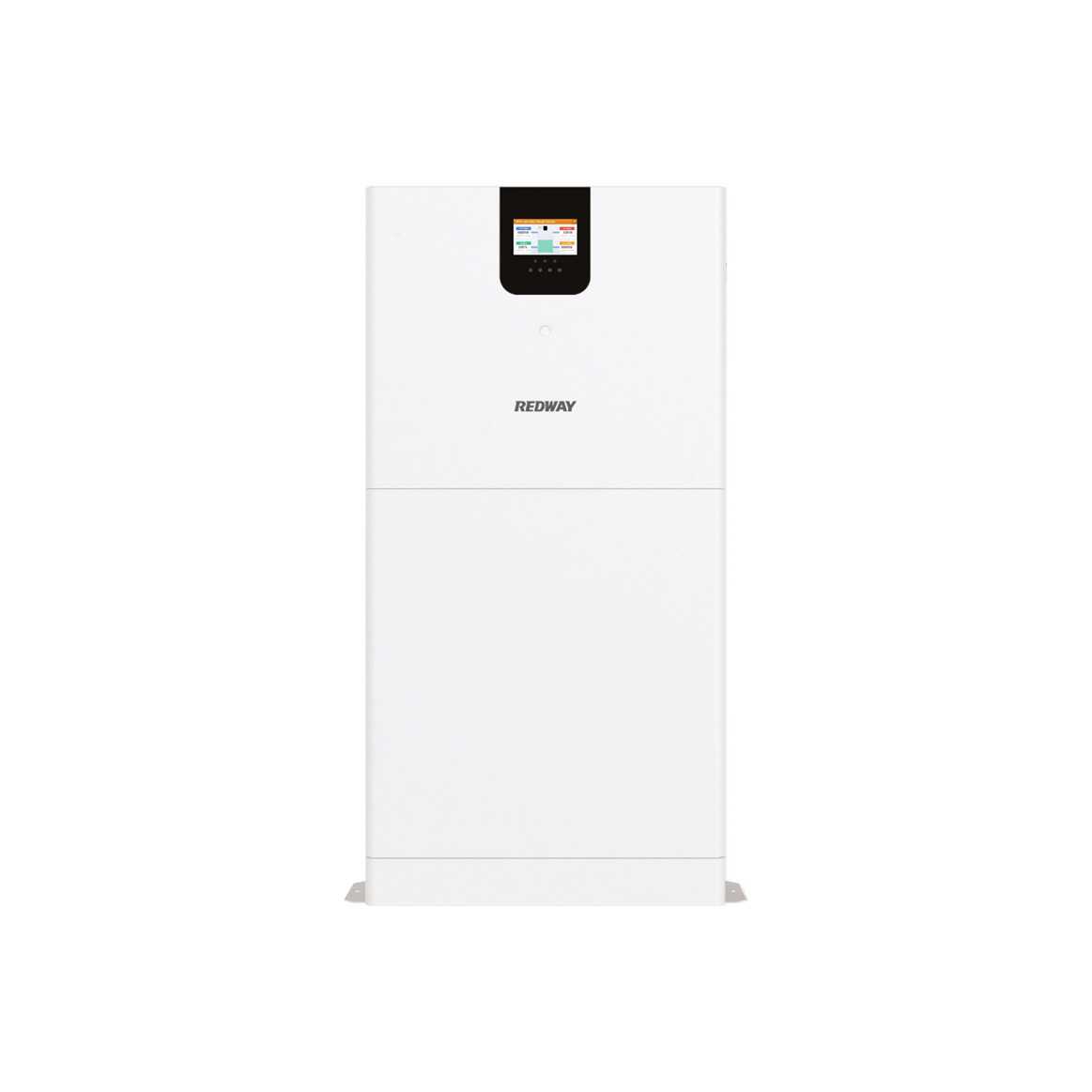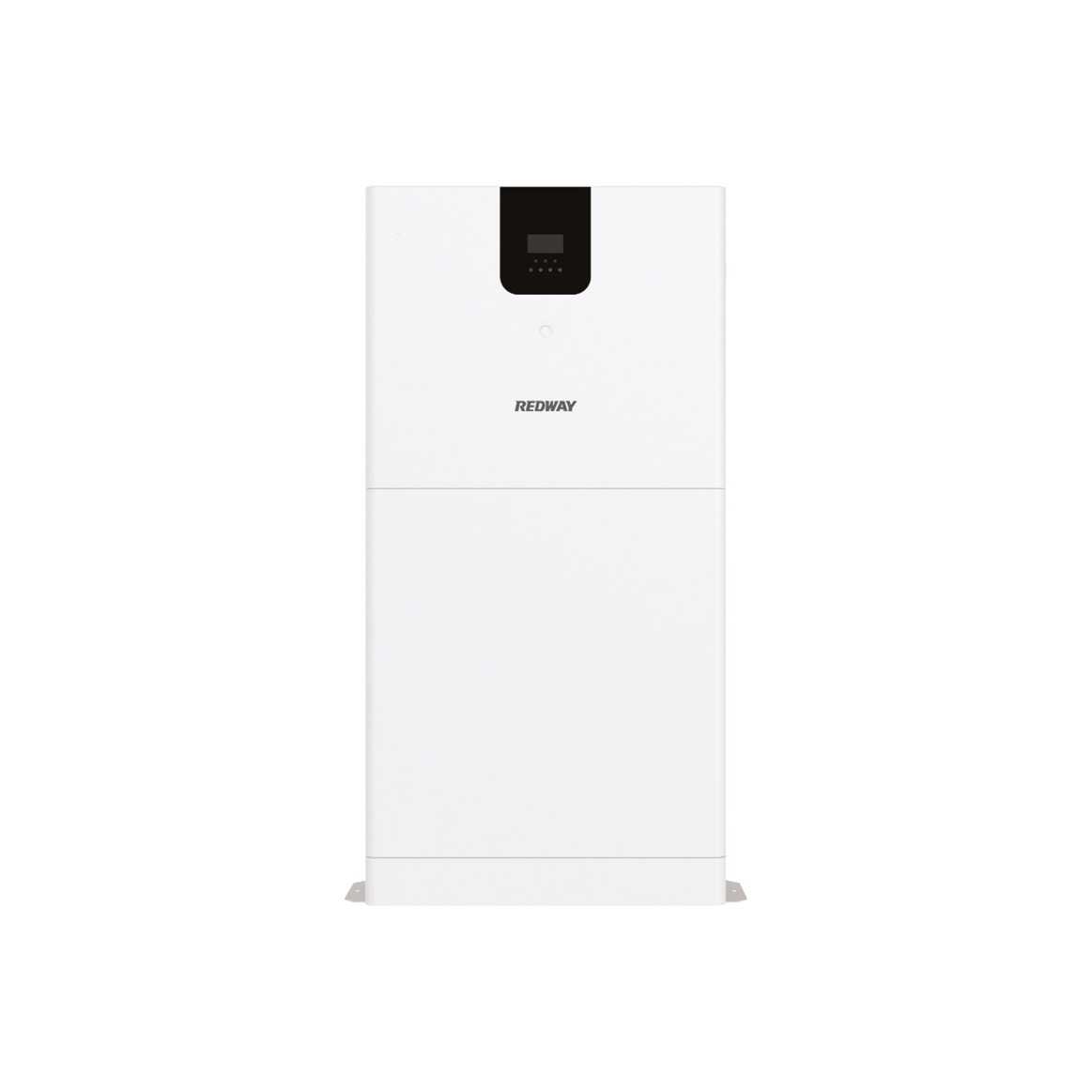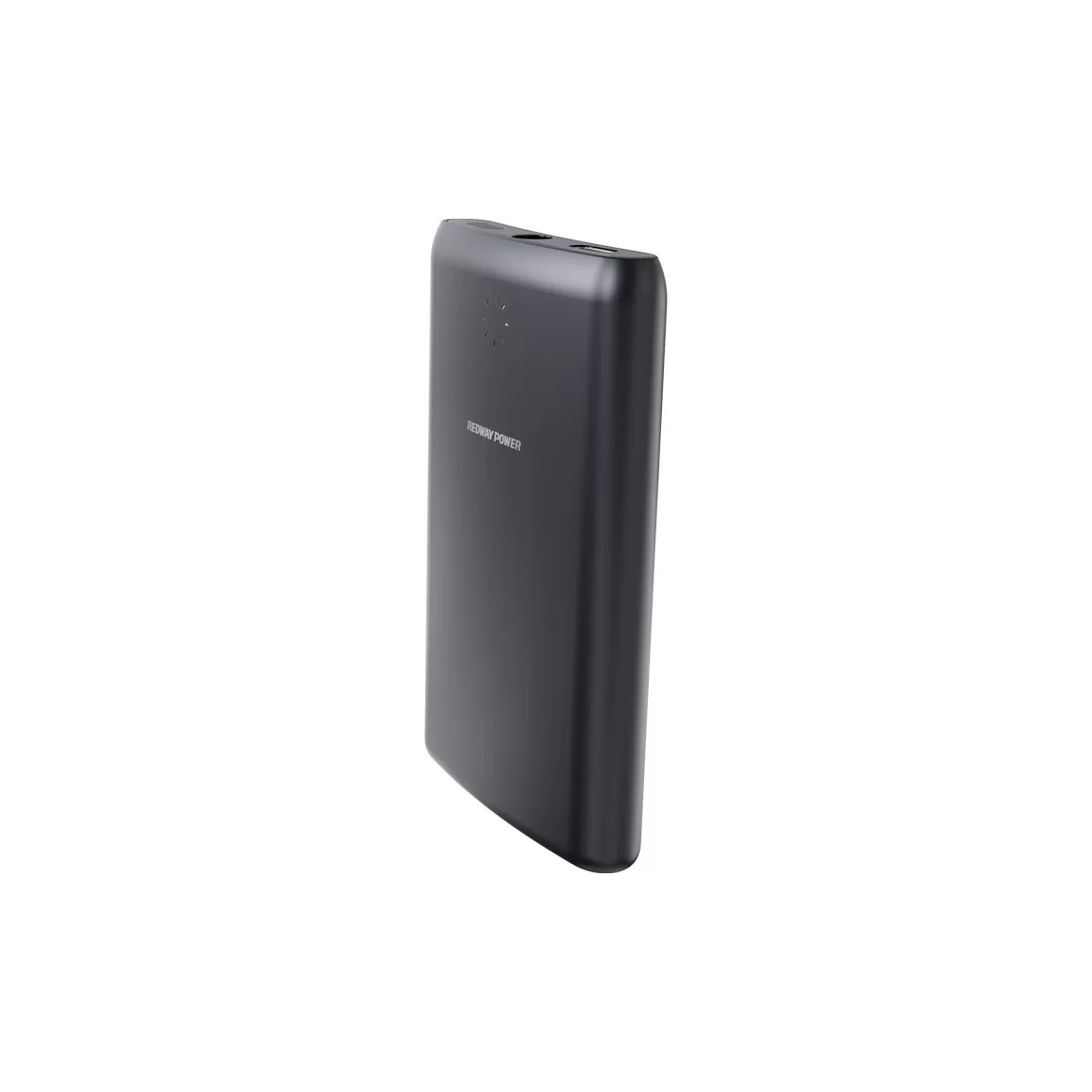Building a DIY 48V 5kWh all-in-one unit for a home energy storage system (ESS) is a complex project that requires a good understanding of electrical systems and safety precautions. It involves working with high-voltage components, which can be dangerous if not handled properly. Additionally, it may void warranties or violate local regulations and building codes, so proceed with caution and consult with professionals if needed. Here is a simplified outline of the steps you would need to take to build such a system.
How to DIY 48V 5kwh All-in-One unit for Home ESS
1. Safety Precautions:
- Safety should be your top priority. Ensure you have the necessary safety equipment, including gloves, safety glasses, and appropriate tools.
- Familiarize yourself with electrical safety guidelines and regulations in your area.
2. Design Your System:
- Determine your energy storage needs (5kWh or 10kWh) based on your electricity usage.
- Choose the type of batteries you want to use (e.g., lithium-ion, lead-acid).
- Select the necessary components such as batteries, an inverter, charge controller, and a battery management system (BMS).
3. Gather Materials and Components:
- Purchase the required batteries, inverter, charge controller, and BMS.
- Ensure that all components are compatible with each other.
4. Build a Battery Pack:
- Assemble your batteries into a pack. Follow the manufacturer’s guidelines and safety recommendations.
- Connect the batteries in series to achieve the desired voltage (48V).
5. Install Battery Management System (BMS):
- Install a BMS to monitor and balance individual cells within the battery pack.
6. Connect the Inverter and Charge Controller:
- Connect the inverter and charge controller to the battery pack.
- Ensure proper wiring and connections, following the manufacturer’s instructions.
7. Install Safety Measures:
- Install overcurrent protection, fuses, and disconnect switches as necessary to prevent accidents.
8. Test the System:
- Test the entire system to ensure it works as expected.
- Monitor the BMS and charge controller to verify proper operation.
9. Install the ESS Unit:
- Install the unit in a safe and well-ventilated location, adhering to local building codes and regulations.
- Properly ground the system to minimize the risk of electrical hazards.
10. Monitor and Maintain:
- Regularly monitor the performance of your ESS.
- Perform routine maintenance as recommended by the manufacturers of the components.
11. Compliance and Safety Checks:
- Ensure that your DIY ESS complies with local electrical codes and regulations.
- Consider having a professional electrician inspect your system to ensure it meets safety standards.
12. Legal Considerations:
- Check with your local authorities or utility provider to understand any legal or regulatory requirements regarding home energy storage systems.
It’s important to emphasize that building a DIY energy storage system can be challenging, and mistakes can have serious safety and financial consequences. If you’re not experienced with electrical systems, it’s advisable to consult with a professional or consider purchasing a pre-built home energy storage system from a reputable manufacturer, which often comes with warranties and professional installation services.
Benefits of Redway All-In-One Home ESS:
– Energy Independence: Redway’s ESS allows users to reduce reliance on the grid by storing excess solar energy, ensuring a continuous power supply even during power outages or peak electricity demand times.
– Cost Efficiency: By using solar energy stored in the lithium battery, users can reduce their dependence on costly utility providers, resulting in significant long-term savings on electricity bills.
– Environmental Impact: Redway’s ESS promotes clean energy usage, reducing carbon emissions and contributing to a sustainable future.
– Customizable Solutions: Redway offers a range of All-In-One Home ESS options to suit various energy storage requirements, allowing users to tailor their system according to their specific needs.
Conclusion:
Investing in a reliable and efficient energy storage system is crucial to maximize the benefits of solar power. Redway’s All-In-One Solar/Energy Power Storage Systems offer a comprehensive solution for residential and commercial applications, providing users with a seamless experience in harnessing solar energy. By opting for Redway, individuals can achieve energy independence, reduce costs, and contribute to a greener planet.
Related Posts
- ¿Quiere comprar paneles solares para su hogar? Esto es lo que necesitas saber
- ¿Cuál es el proceso de producción de baterías de fosfato de hierro y litio?
- ¿Cómo se desechan las baterías de litio? Degradación y reciclaje
- OEM del sistema de almacenamiento de energía/energía solar todo en uno-EOH de 48 V
- Cómo reciclar baterías de UPS: opciones de Staples, Best Buy y Home Depot
- Cómo recargar pilas AA sin cargador: diferentes métodos y precauciones
